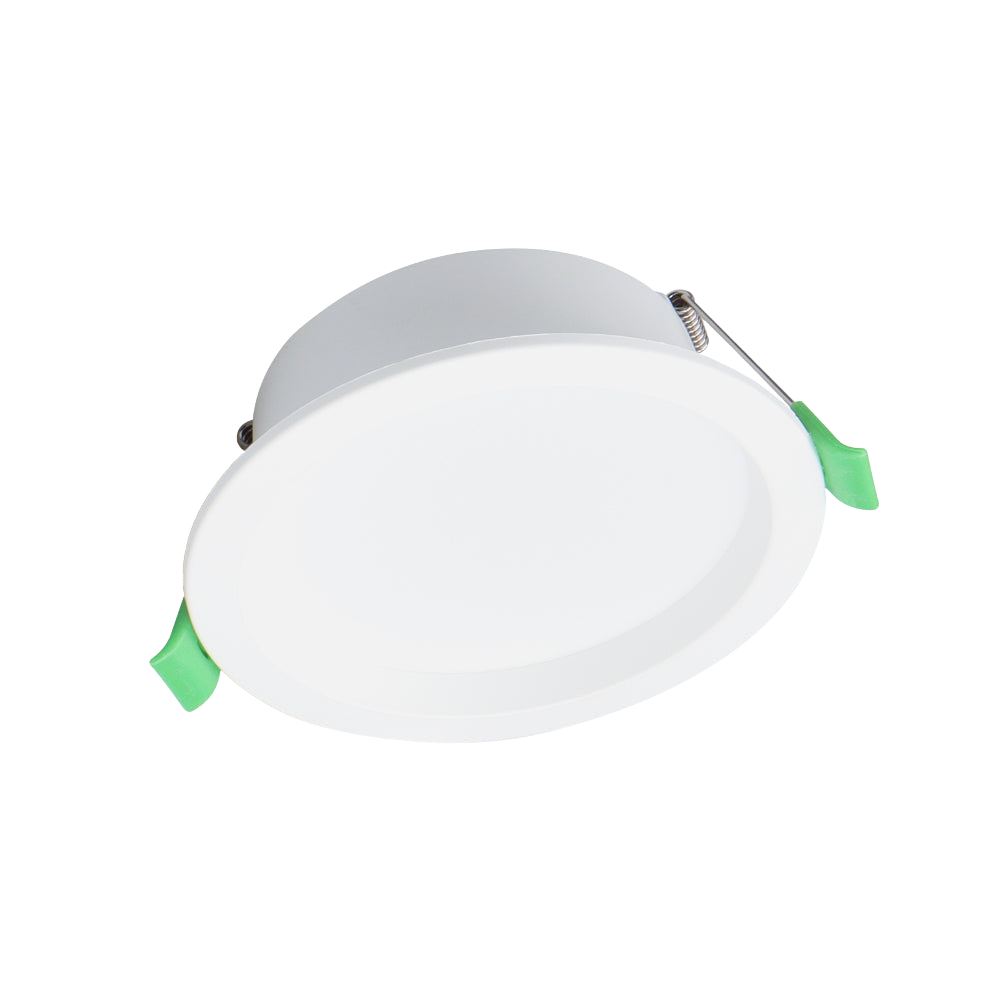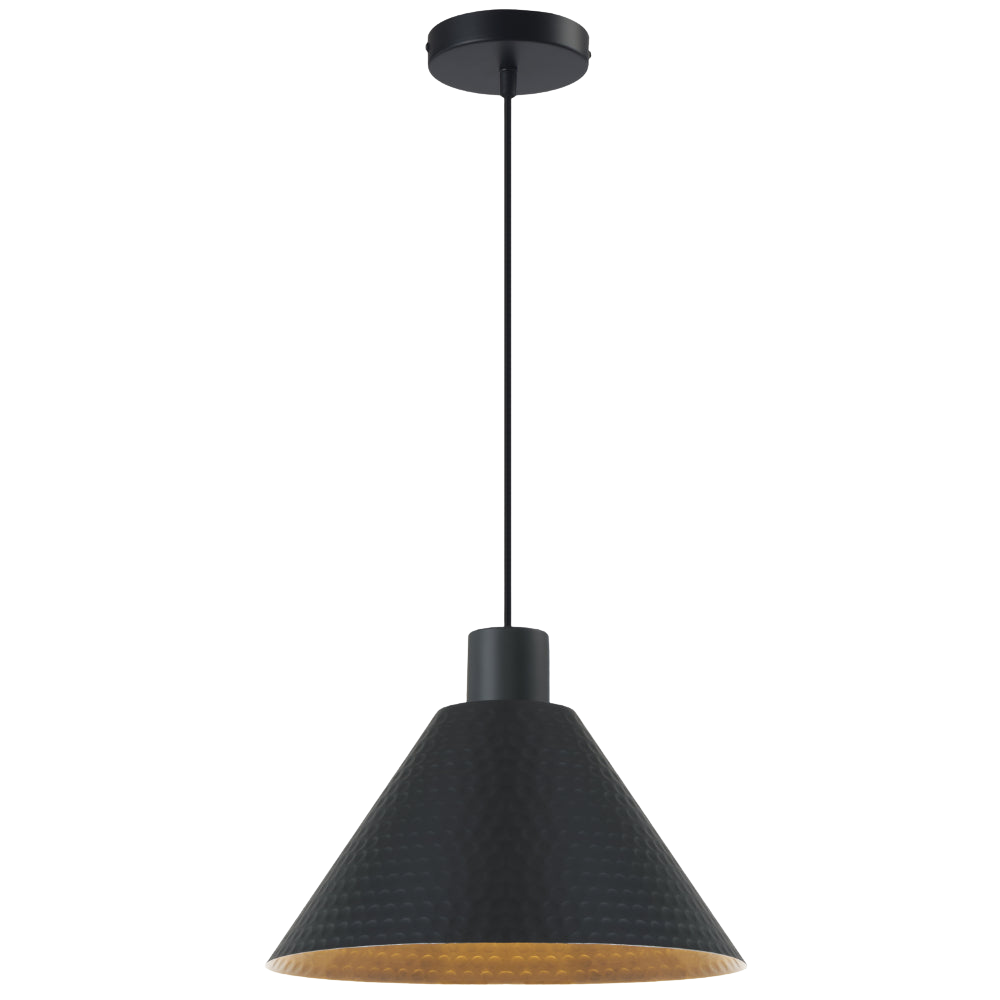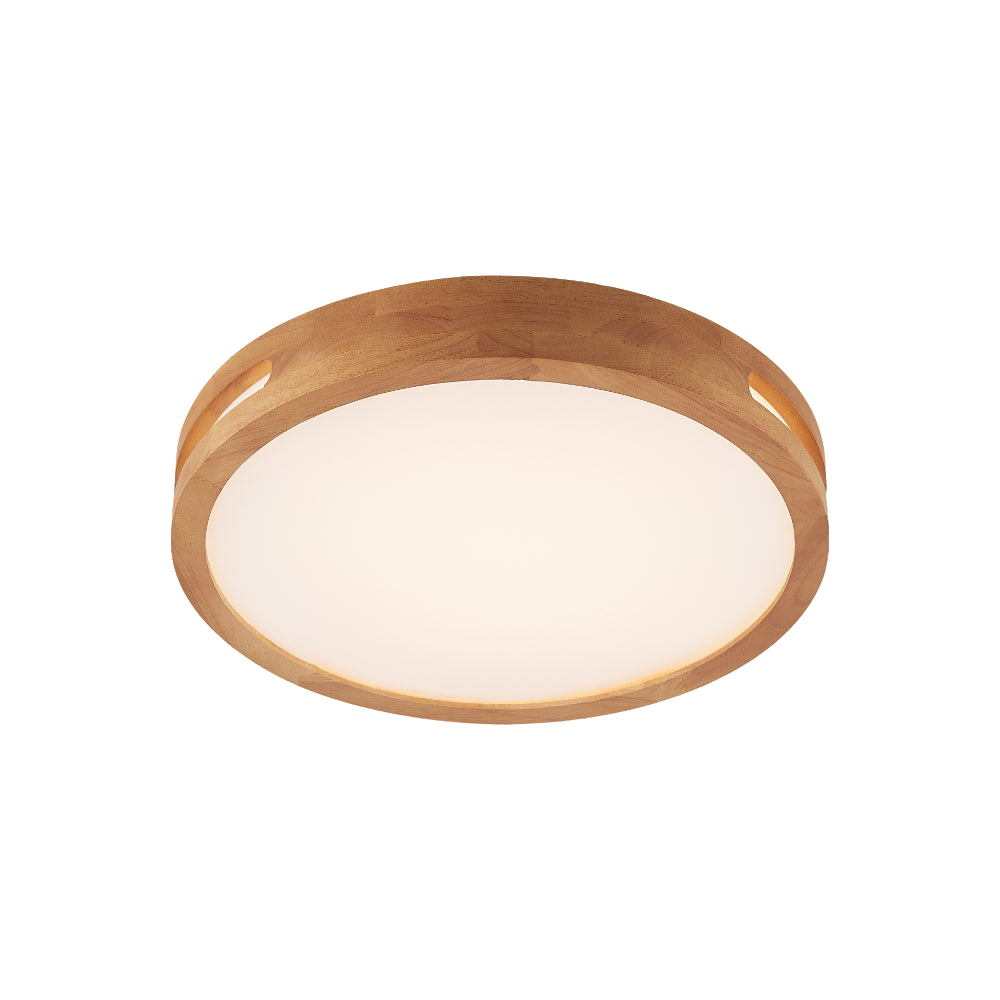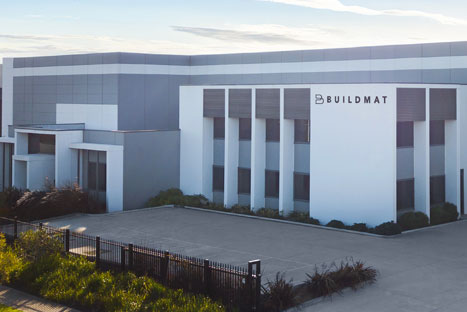Is Bamboo Flooring Sustainable? 6 Things to Know about Bamboo Floors
Have you ever thought about these things?
- Is bamboo flooring sustainable?
- Is it really safer and healthier than traditional wood floorings?
- Will it look great in my house?
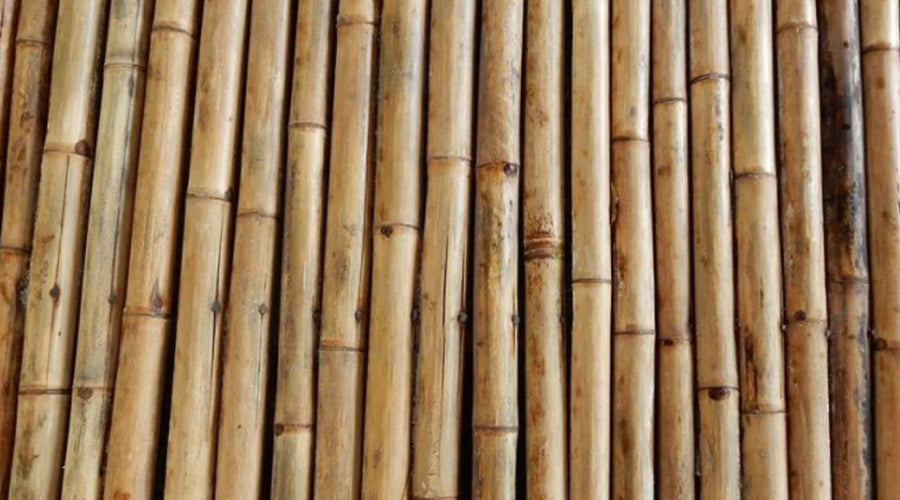
You’ve heard that bamboo flooring is great, cheap and eco-friendly and you want it now for your house.
Hold on a minute, buddy.
Have you ever thought about these things?
- Is bamboo flooring sustainable?
- Is it really safer and healthier than traditional wood floorings?
- Will it look great in my house?
If you do, great; we’ll cover that today. If you don’t then these tips will be an eye-opener.
1. Is Bamboo Flooring Sustainable? What Does Sustainable Even Mean?
Sustainable means that the production of bamboo floors are environmentally-friendly and renewable.
Producers don’t have to worry about running out of resources; the materials involved in the production and usage are all highly renewable.
Bamboo flooring is also superior in a sense that it matures and is able to be harvested 5x quicker than traditional hardwoods.
Producers usually harvest a standard bamboo forest over a 5 year period. This means that a fully harvested forest is easily replenished by a new forest thanks to a unique characteristic;
Bamboo plants do not need to be replanted when they are harvested. Combine that with the rapid growth of bamboo plants and you have an almost endless supply of bamboo flooring.
2. Is Bamboo Flooring Cheaper than Other Wood Floorings?
It is cheaper than traditional wood flooring and more expensive than laminate flooring.
If you are looking for a bargain, however, bamboo flooring is not the best choice but it is significantly cheaper compared to traditional wood finishes.
The cost ranges from $4-$12AUD per square foot, with the higher quality ones being more expensive.
With that being said, going for the cheapest deals is not always a good idea; you may end up with a flooring that is going to wear out which will cost you a fortune to get it fixed and refurbished.
3. Should I be worried about a bamboo flooring’s durability?
No, you shouldn’t.
Bamboo floorings are as strong if not stronger than traditional wood. Bamboo that is not carbonised (a process to turn the colour of bamboo into a rich dark brown) is as strong red oak.
The most durable out of all the bamboo types are strand woven bamboo.
Here are some quick facts about it:
- Strand woven bamboo is twice as hard and strong as oak.
- It can withstand high temperatures, making it ideal for summertime and hot areas
- Despite being durable, it is very flexible and can be shaped appropriately to meet your design needs.
4. Are All Bamboo Floorings the Same?
No, they are not.
The two main bamboo flooring manufacturing methods are the hot-press and cold-press method.
They are both similar in one aspect: both of them are strand woven bamboo.
However, there are several key differences that you should know before you make a decision.
Hot-press:
- Cheaper and quicker to produce which means that your orders will arrive faster
- Hot-press bamboo wood may have different densities which lead to differences in quality – particularly the durability
- They are poor at handling moisture so you may want to avoid hot-press finishes if you live in humid areas
Cold-press:
- Takes a longer time to produce and is slightly more expensive than hot-press bamboo
- Is more durable, lasts longer and looks better even after long periods of time
- Does not crack easily and does not get damaged in moist or humid areas
5. Is Installing Bamboo Floors the Same as Installing Traditional Wood Flooring?
Yes. It is even easier to install bamboo floorings as compared to the others.
All you need to do is by laying it on an underlay or by laying it down on your floor and fixing it into position with nails and glue.
The process might take you 2-3 days to finish but it will save you a lot of money on installation fees.
Of course, if you do not know what you are doing, it’s best to consult professionals to do the job – you don’t want to mess up your house!
6. That’s Great. What Are the Bad Things about Bamboo Flooring?
While there are many great things about it, bamboo finishes have some minor disadvantages.
- It is easy to maintain but the surface scratches very easily. If you have pets and a lot of furniture, it is not possible for you to have a surface without scratches.
- Bamboo floorings do not have a universal quality grading system yet (with the exception of ISO9001 certifications), so you may have a tough time spotting the good ones from the bad.
- If you live in a very high moisture area, the bamboo may accumulate mould and crack over time due to excessive moisture. Fortunately, bamboo is highly water-resistant and this will only happen if it is exposed for very long periods of time.
Further Information
If you’d like to know more about bamboo flooring, the Wikipedia page is a great resource. You can also check our high-quality Kitchen products over at our page.
You can read up about more home furnishing and maintenance tips on our blog.























































































































































































































































